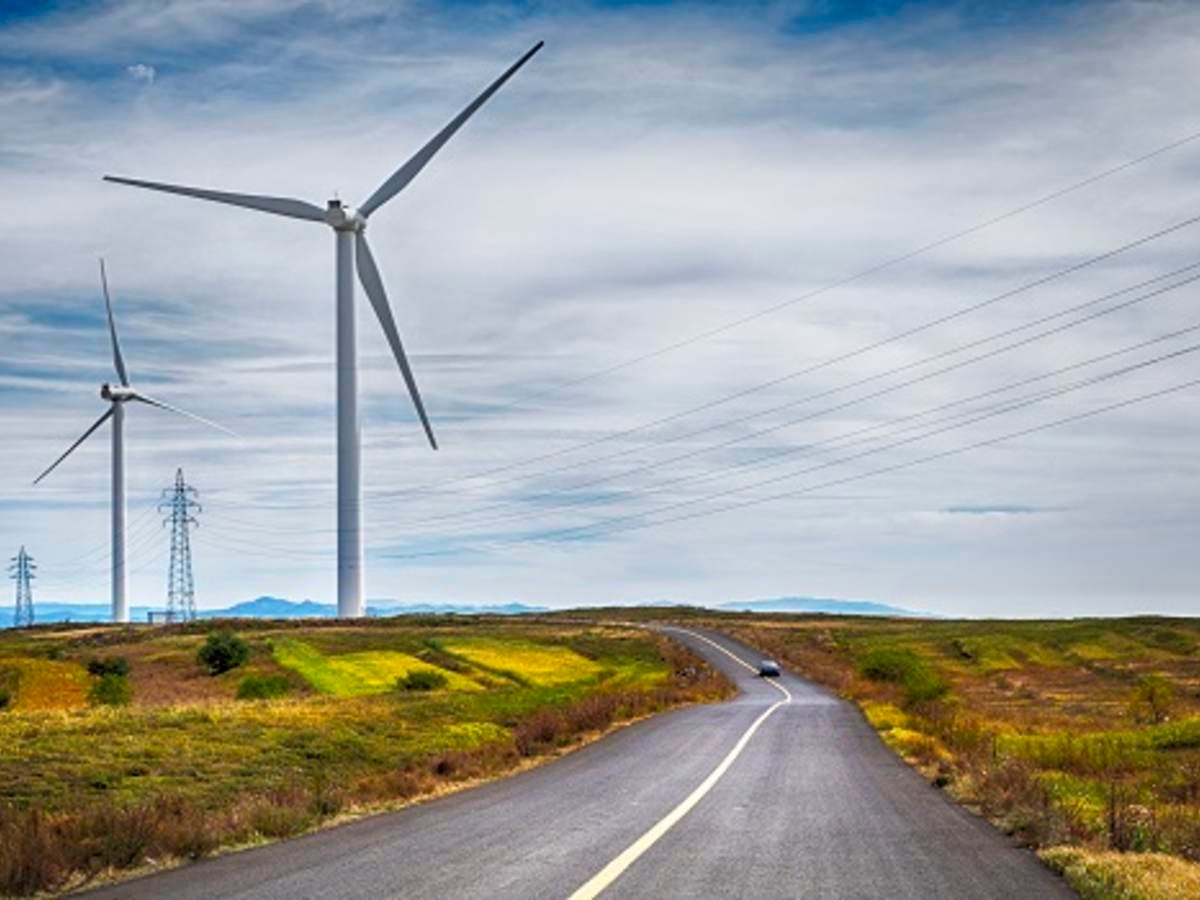March 23, 2019
UPDATE: This story was updated on October 7, 2020, to correct two broken links.
Travelers along Indiana’s Interstate 65 are used to farmland with vast swaths of corn, soybeans and wheat dotting the mostly rural landscape. However, newcomers to the north-south route are often surprised when they encounter a different type of wind farm.
People have harvested the wind for centuries, using its energy to perform tasks such as pumping water, grinding grain and cutting wood. With electric power development, wind’s capabilities expanded to lighting buildings and powering machines with simple motors.
Today, wind power is used throughout the world as a viable alternative to coal or nuclear-powered plants. Other energy production methods include natural gas, water and solar, with each capability playing a supporting role in providing the comforts of the modern world.
A complex system
Electricity moves through a network of transmission lines, substations and transformers to a series of energy grids that are interconnected for reliability. Grid managers carefully coordinate all the energy produced from their units to ensure a steady stream of electricity to meet consumers' fluctuating demands.
“When we factor in renewable energy and its natural variances, maintaining the electrical balance between supply and demand on the grid becomes a complicated process,” said John Zack, UL’s global lead for grid solutions.
“The larger problem that we’re trying to solve is to reduce the cost of integrating wind and solar energy into the power grid,” Zack said. “As variable resources, wind and solar have an impact on the electric system because they have non-controllable variations. You don’t know how much wind power or solar power you will have at a given moment, and that causes issues which could add to the cost to ensure supply and demand are balanced at all times.”
Managing the unknown
UL supports wind energy professionals with wind forecasting services. Specializing in resource assessment and prediction, the team has been providing detailed wind information since the late 1990s with real-time forecasts of power production as well as the assessment of larger scale (e.g., seasonal or annual) transient pattern in wind resource via the Wind Trends Bulletin, published since 2010.
“We are trying to forecast for tomorrow, but errors are inherent due to the increased difficulty in wind prediction.” Zack said, “The wind is a lot more variable than say temperature, with sudden fluctuations in a short amount of time.”
To combat the wind’s unpredictability, UL offers daily forecasts with hourly updates to its clients. Daily outlooks allow a utility company to plan the next day’s energy production schedules while hourly updates alert customers to unexpected phenomena that could result in a rapid change in wind-based generation. This helps to reduce the cost of using wind-based generation as part of the supply mix.
“An hour ahead is the last chance to get it right and provide grid operators with enough time to address unexpected wind-related issues in balancing electrical supply and demand,” Zack said.
However, the team of atmospheric experts is available to respond to any issue that comes up.
“Customers will call, asking for some advice for an unusual weather pattern they might be having,” Zack said.
And with the winds frequent variations, there’s a good chance the phone will be ringing soon.

